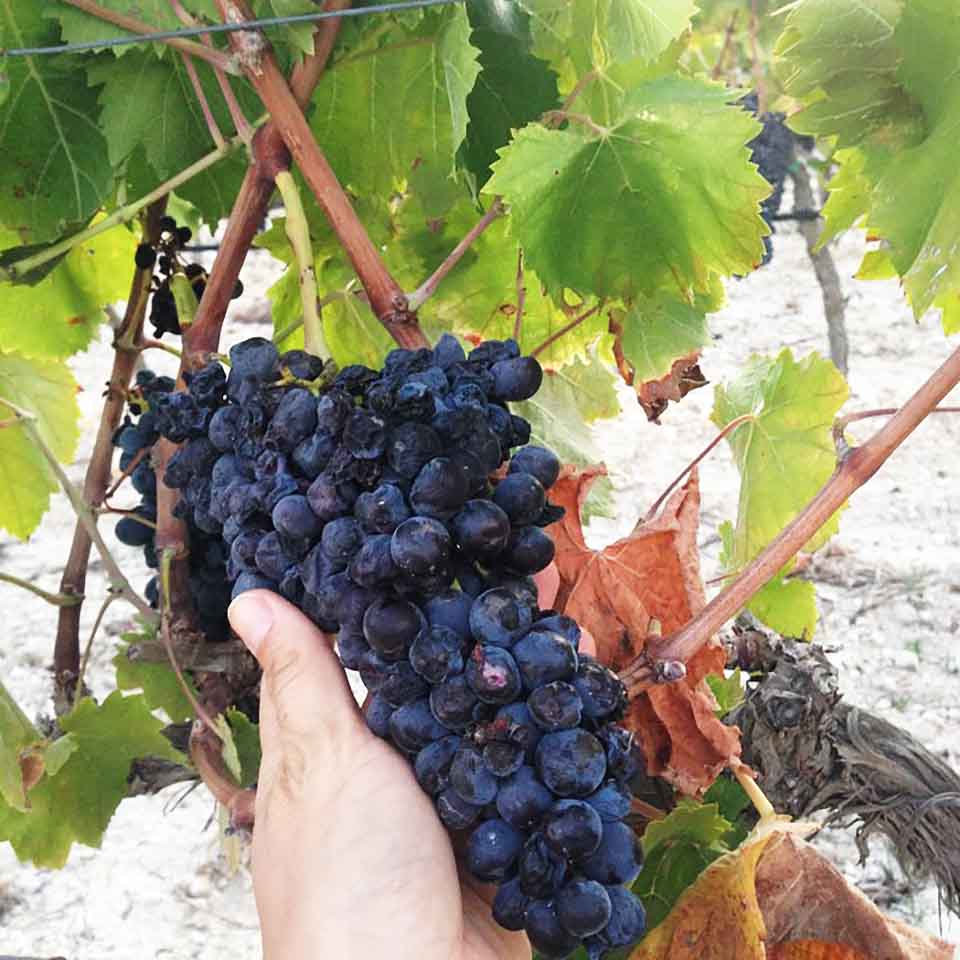
If you are a travel writer, the temptation to brighten up your text with colourful, fictional characters must be an enormous temptation. Who’s going to know anyway? You don’t need to tell anyone, and if you’ve got the knack of writing evocative descriptions of imaginary people, no one will be any the wiser. You might even be tempted to enhance the personalities of real people to make your story more stimulating. You can be pretty sure that many authors have done exactly this. There must be dozens of well-known travel books that contain fictional or partly fictional characters.
Sicilian Carousel is a late work by Lawrence Durrell, he of the acclaimed Alexandria Quartet novels. I came across this brilliantly-written travel book in the 1980s and it has remained one of my favourites ever since. It tells of Durrell’s travels around Sicily in 1977 in which he reluctantly joins a coach tour to explore the island. Durrell immerses himself in the island’s spectacular archaeological remains and becomes fascinated with Sicily’s rich history and mythology. The other members of the tour group are a mixed bag of colourful, eccentric and sometime slightly creepy individuals, some of whom you’d never choose to meet again. As Durrell treks from sight to sight, the other members of the group are rarely far away, often adding bizarre comic relief to his narrative. It is not until the end of the book that Durrell admits that “all the characters in this volume are imaginary.”
In case your Italian geography is a bit hazy, I should add that Sicily is the triangular island that lies at the “toe” of Italy. The island is dominated by the eleven-thousand-foot-high Mount Etna, one of the tallest active volcanoes in Europe. Sicily is the third largest wine production area in Italy and the home of Marsala, a fortified sherry-like wine that in recent years has rather faded in popularity. Far better known is the Sicilian red grape variety Nero d’Avola, named after the small town of Avola near the eastern coast. It’s close to the sprawling, ancient city Syracuse noted for its rich Greek and Roman history. This is a region of flat plains and sparse low hills where the Nero d’Avola grape thrives. It’s also known as Calabrese and it’s one of the recent Sicilian success stories. You see, for most of the twentieth century, Nero d’Avola was used merely as a blending grape and used to bump up the flavour of blended wines. But by 2000, the grape’s fortunes had changed. Nowadays, Nero d’Avola varietals are everywhere, from commercial wines in pizza franchises, to artisan winemakers producing carefully crafted organic wines. It’s often likened in style to Syrah and in Sicily, vast quantities of Nero d’Avola are produced every year.
Depending on the methods of production, Nero d’Avola can be made into either into a dense and dark wine that’s stored in oak barrels for ageing, or into young and fresh wines for early consumption. These younger wines have aromas of red fruit while more complex wines bring out aromas of chocolate or peppery flavours.
Messer del Fauno Nero d’Avola, Italy (red) 2020 Bt 650 @ Wine Connection.
Messer del Fauno is a typical Southern Italian farm where the best local olive oils and wines are produced. It’s not actually in Sicily but in Puglia, which forms the heel of the Italian “boot”. The company produces some excellent local varietals including this Nero d’Avola, made from Sicilian grapes. A few days ago, I made yet another pizza and needed a simple Italian red to enhance it. Having bought some Italian mozzarella, it would have been a shame to spoil the pizza with inappropriate wine. After all, pizza is simple peasant food with origins in the streets of Naples. Eating it with sophisticated wine just doesn’t feel right, even if you can afford such luxuries. The Nero d’Avola was just the thing – an attractive if slightly rustic wine that can make the perfect partner for pizza or pasta.
 It’s a typical violet-red colour with shades of purple and an aroma that reminds me of Shiraz – plenty of dark berries, ripe blackberry, oaky herbs and a dash of spiciness. At 13% ABV, it’s completely dry, smooth and light bodied with a soft and palate-cleansing mouth-feel with a good balance of fruit and soft tannin. If you’re good at tasting, you might even pick up hints of licorice or black coffee. There’s also an attractive dry peppery and supple finish. Even so, it’s a relatively simple wine and brings a refreshing touch of local colour to pizza and pasta. It certainly worked splendidly with mine. It would also be a fine partner for a rich lasagna, laden with tomato and cheese flavours. It would make an excellent partner to roasted and grilled red meat dishes too. I could easily imagine enjoying this juicy wine over an evening meal in a small Sicilian ristorante observing some of Durrell’s outlandish travelling companions. At a safe distance, of course.
It’s a typical violet-red colour with shades of purple and an aroma that reminds me of Shiraz – plenty of dark berries, ripe blackberry, oaky herbs and a dash of spiciness. At 13% ABV, it’s completely dry, smooth and light bodied with a soft and palate-cleansing mouth-feel with a good balance of fruit and soft tannin. If you’re good at tasting, you might even pick up hints of licorice or black coffee. There’s also an attractive dry peppery and supple finish. Even so, it’s a relatively simple wine and brings a refreshing touch of local colour to pizza and pasta. It certainly worked splendidly with mine. It would also be a fine partner for a rich lasagna, laden with tomato and cheese flavours. It would make an excellent partner to roasted and grilled red meat dishes too. I could easily imagine enjoying this juicy wine over an evening meal in a small Sicilian ristorante observing some of Durrell’s outlandish travelling companions. At a safe distance, of course.
 |
 |
 |





